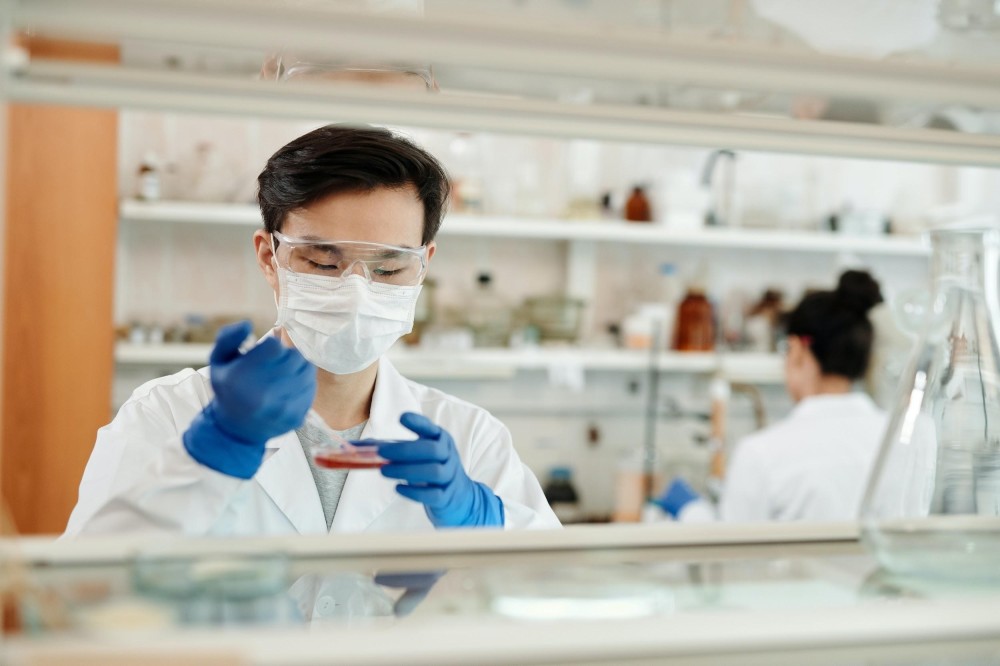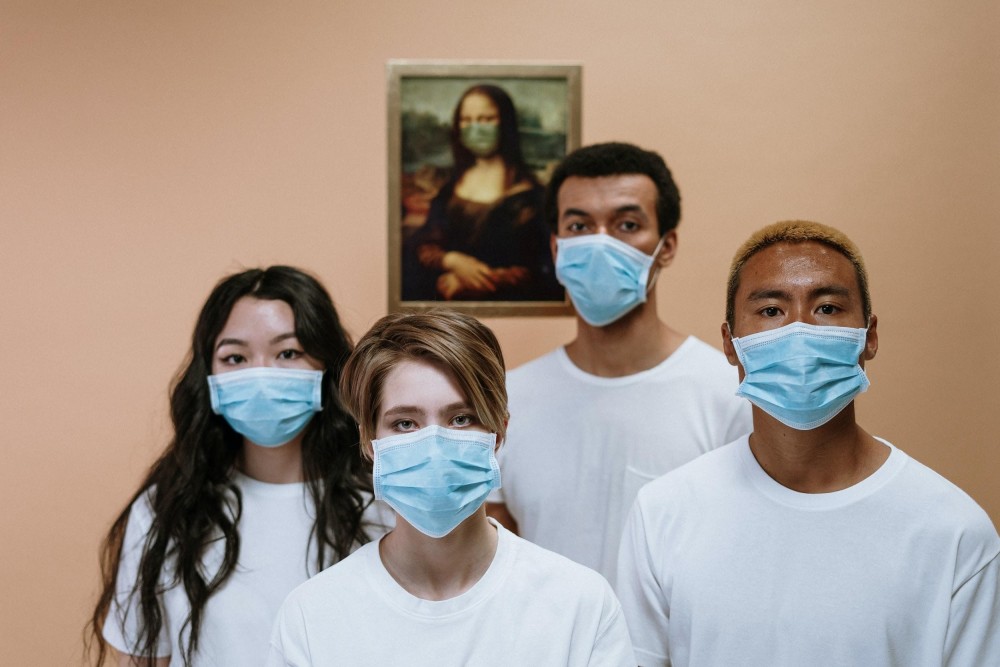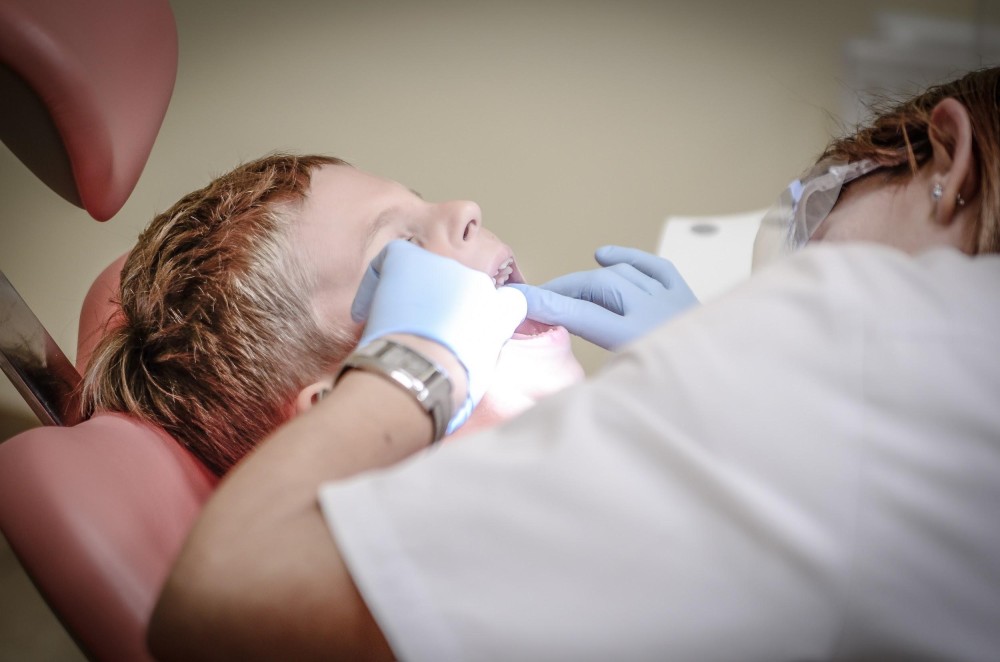The number of bacterial cells in your body is the same as that of human cells. These bacterial cells are present on your skin, mucous membrane, and gut. They perform many beneficial functions inside your body. Functions like regulating the immune system, synthesizing vitamins, and breakdown of food.
High-fiber food helps gut bacteria thrive and protect you against harmful microorganisms. However, several things disrupt this natural process. These include weak immune systems, poor diet, and high stress. Learn more about symptoms of a weak immune system.
Hence, when beneficial bacteria die, infections that can cause diseases may start to grow inside you. It also triggers the abnormal growth of yeast in your body, causing yeast infections. Since yeast (Candida) is a fungus, it prefers moist areas for development. The places like the mouth, skin, and vagina are most prone to yeast growth.
Yeast infection causes serious health issues in children and aged people. This article will focus on the details of yeast infections. You’ll also learn about its types, causes, and cures. So, let’s dig further!
Types of Yeast Infection and Their Causes
Yeast can affect any part of your body, such as the skin, mouth, or vagina. These infections take a minimum of 3 days to one week to cure properly. Here are some common types of yeast infections and their causes:
Vaginal Yeast Infection (Vaginal Candidiasis)
Vaginal yeast infection is becoming very common among women. Over 1 million women in the US tested positive for vaginal candidiasis. It is identified by itchiness, rashes, and a white discharge from the vagina or vulva. In this condition, the vagina is swollen and you feel a burning sensation when urinating. Let’s have a quick look at the causes of vaginal yeast infection:
- Antibiotics kill beneficial vaginal bacteria. This bacteria is used to control yeast production in the vagina. Without it, the yeast grows uncontrollably, causing vaginal candidiasis.
- During pregnancy, there is a severe disruption in your hormones. This imbalance of hormones is responsible for vaginal yeast infection.
- Diabetic people fall victim to this infection due to surplus sugar in their urine.
How to Treat Vaginal Yeast Infection?
The treatment you need for vaginal candidiasis depends upon the type of infection. If the infection is in the initial stage, then yeast infection treatment in a day is possible. However, if the infection has entered the chronic stage, you need over one week to recover properly.
You can find natural yeast infection treatment over the counter that can help you with better recovery.
However, the medication form may vary. Either you’ve to take it in your mouth or have to apply it to the infected area. Using ointments with natural ingredients on your vagina also stops the extra growth of yeast. You can also start taking probiotics for vaginal health.
How to Prevent Vaginal Yeast Infection?
Prevention of vaginal candidiasis isn’t complicated. Just follow these few tips, and you are good to go:
- Avoid using any feminine deodorant.
- Don’t use scented pads or tampons.
- Don’t stay in your bath gown for too long.
- If you have diabetes, keep your blood sugar level balanced.

Skin Yeast Infection (Skin Candidiasis)
Candidiasis happens when any part of your skin gets infected with the Candida fungus. It is either acute or chronic. Skin Candidiasis can grow anywhere on your skin, but mostly in the armpits and groin areas.
It usually takes advantage of the moist diapers of infants and causes rashes. People with diabetes are also exposed to the side effects of skin candidiasis. Here are some common causes of skin yeast infection:
- Hot weather
- Tight clothes
- Taking corticosteroids that weakens the immune system
- Poor hygiene and dirty undergarments
- Obesity
How to Treat Skin Candidiasis?
The skin yeast infection treatment is not very difficult. You don’t need to be hospitalized unless your immune system is weak or candida is in your bloodstream. Your doctor will take your skin samples to assess the situation. You’ll probably get a few antibiotics, gels, and ointments to apply to the infected part.
How to Prevent Skin Candidiasis?
You can prevent skin candidiasis by following these few tips:
- Wear light clothes that let the moisture dry quickly.
- Keep your armpits, groin, and other humidity-exposed areas dry.
- Make sure you are removing sweat and water properly from your body.
- Try to wear open shoes or sandals more often.
- If you are obese, keep drying your skin folds.

Oral Yeast Infection
A yeast infection in the mouth and throat is known as oral thrush. The symptoms of this infection include rough white patches on the gums, tongue, etc.
Oral thrush also triggers severe pain when you swallow something. People with weak immune systems and babies are most vulnerable to this infection.
- If you are a cancer patient undergoing chemo or radiotherapy, you can get this infection.
- Diabetic people also complain about having frequent oral thrush.
How to Treat Oral Yeast Infection?
If you see these white appearances inside your mouth, immediately contact your doctor. Untreated oral yeast infection can spread very quickly. Your doctor will most probably prescribe you an antifungal medication (Nystatin). It is suggested to take these for more than a week. However, the medication and treatment can vary for every age group.
How to Prevent Oral Yeast Infection?
The below-mentioned tips are beneficial in avoiding oral thrush.
- Brush your teeth a minimum of two times a day.
- Don’t use mouthwashes or sprays as they disturb the average hormonal balance.
- Visit your doctor more often. This is for people who are suffering from diabetes and oral issues.
- If not completely, partially limit your yeast and sugary food intake.
- Avoiding smoking can decrease your chances of getting oral thrush to a minimum.

Diseases That Can Be Mistaken as Yeast Infections
Not every itchiness, discharge, or redness you feel is a yeast infection. Sometimes, we don’t properly understand the condition and immediately use anti-yeast medications. This doesn’t properly treat the disease.
Bacterial vaginosis, genital herpes, etc., are diseases mistaken for yeast infection. So, it is suggested not to treat any pain or allergy on your own. Consult your doctor and get it appropriately checked to know what it is exactly. This will save you from taking irrelevant medication and helps in quick healing.
Conclusion
Yeast infections exist in different types. Luckily, there are preventive measures to stop it from spreading. If you’ve got a yeast infection, consult your doctor before taking any medication. We hope you found this article helpful related to yeast infection and its details.





